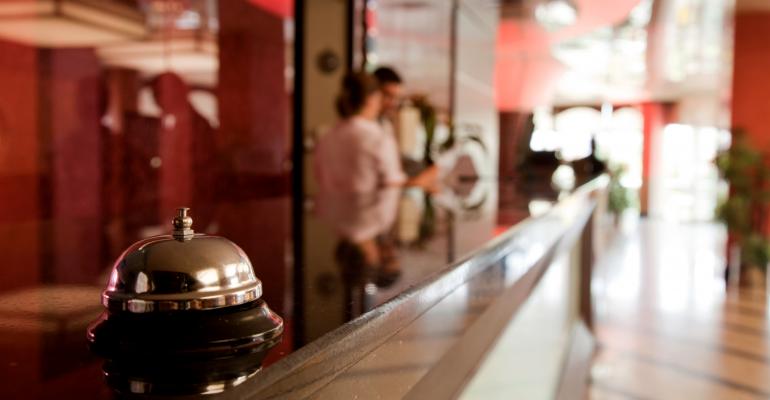Room rates in the hotel sector are not rising fast enough to keep pace with the increasing wages of hotel workers, according to some experts in the sector.
“Expenses are going to be the big topic for 2019,” says Jan Freitag, senior vice president of lodging opportunities for STR, based in Nashville. “There is no doubt that wages will keep rising.”
Because of these expenses, hotel properties will be less profitable in 2019—even though the demand for hotels is as high as it has ever been. Occupancy rates are very high, and the price of a hotel room continues to increase, on average. But revenue growth is not outpacing the increasing operating costs.
Revenues rise less than the cost of doing business
The hourly wages for non-supervisory workers in the accommodation business were up 3.2 percent at the end of 2018 compared to the year before, according to the Bureau of Labor Statistics (BLS). But even those higher wages were not enough to attract all the workers needed at hotels. There were more than 900,000 open positions in the accommodations and food services business at the end of 2018, according to the BLS.
“The prospects for labor getting better in the near future are non-existent,” says R. Mark Woodworth, senior managing director and head of lodging research for CBRE Hotels.
The unemployment rate in the U.S. dipped down to 3.7 percent in 2018—the lowest it has been since the 1970s. More recently, the rate increased to 4.0 percent in January as some people rejoined the workforce—but not nearly enough to solve the shortage of workers for hotels.
The shortage of workers is likely to get worse as developers continue to open new hotels. The inventory of hotel room grew 2 percent in 2018, according to STR. Developers have more than 5,000 more hotel projects under construction or in some stage of planning.
“If you are going to have more people, you have to make it easier for people to get into the country, but that is not the direction that the conversation is going right now in Congress,” says Jan.
The demand for hotel rooms is still close to highest level ever.
“Overall, the U.S. hotel market remains very healthy,” says Robin Trantham, consultant with CoStar Portfolio Strategy. “Due primarily to the strength of the demand in the market, occupancies remain right around their cyclical high.”
The percentage of hotel rooms that were occupied in 2018 averaged 72.5 percent over the last 12 months in the nation’s top 54 largest markets, according to fourth quarter data from CoStar. That’s down only slightly from the recent record high, according to CoStar.
Occupancies are still high, even though developers opened more new hotel rooms in 2018 than they had in any other year since 2009. “Demand growth has far outpaced supply growth throughout this cycle,” says Trantham.
Because occupancy rates are already very high, they are unlikely to rise much higher, even if demand continues to be strong. Occupancy rates averaged 66.2 percent 2018 and are likely average the same rate in 2019. So investors in hotels will have to look to the rising price of a hotel room to improve the gross income from their properties—and offset the rising cost of labor.
“Increase in revenue per available room (revPAR) has to come from increases in average daily rate (ADR),” says Freitag.
The average price of a hotel room continues to rise—but not as quickly as the cost of labor. The ADR for hotel rooms grew 2.4 percent in 2018 and is likely to grow by 2.3 percent in 2019, according to STR. Since occupancies are likely to stay the same, the revenue per available room for hotel is also expected to grow by 2.3 percent in 2019, according to STR.
That increase in revenue would be less than the current rate of inflation in the U.S. economy, let alone the rising cost of labor. The consumer price index is currently growing at a rate of about 2.5 percent a year. And wages of hotel wages are growing even more quickly.
That is eating into the profits of running a hotel. “Profitability is flat or declining,” says Freitag.





